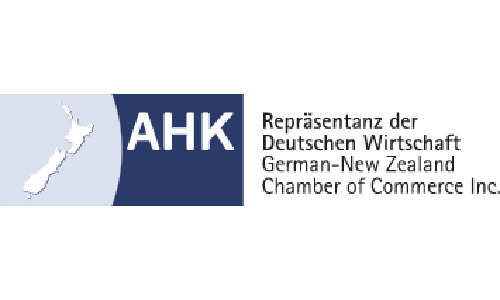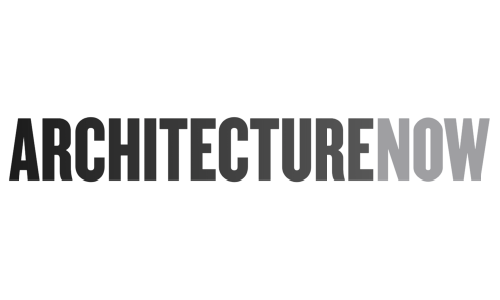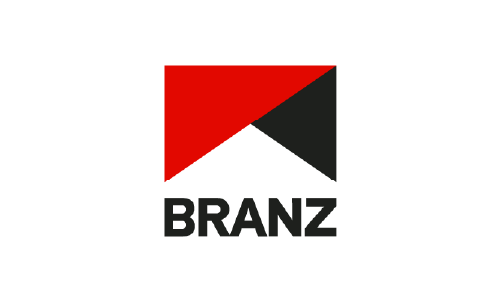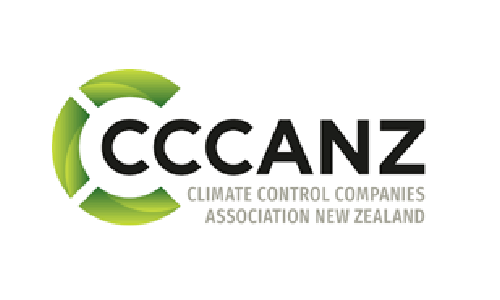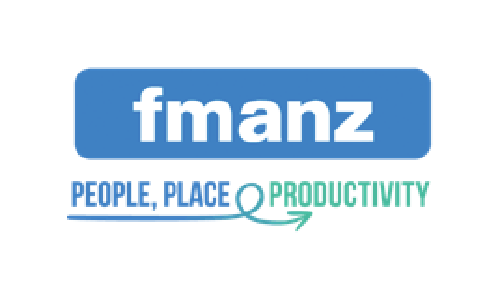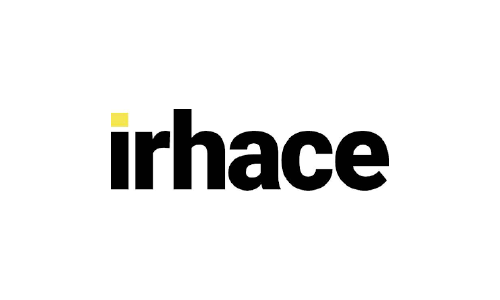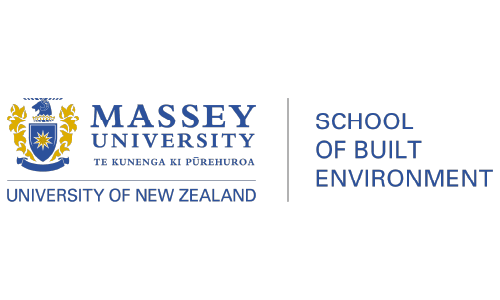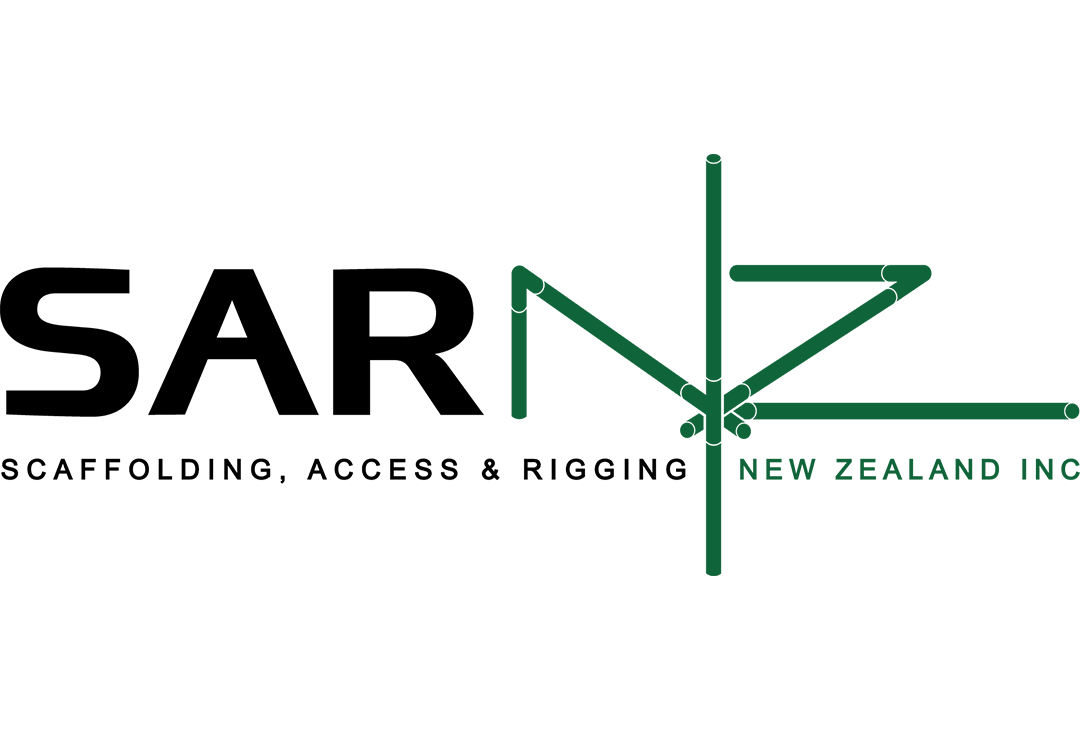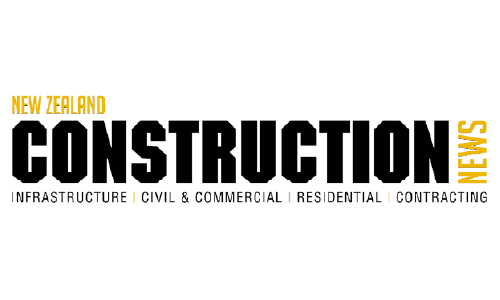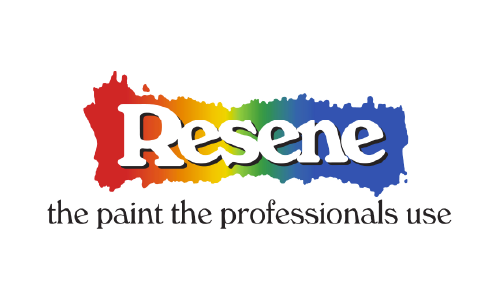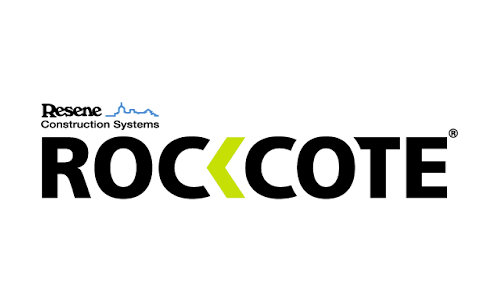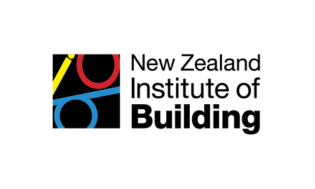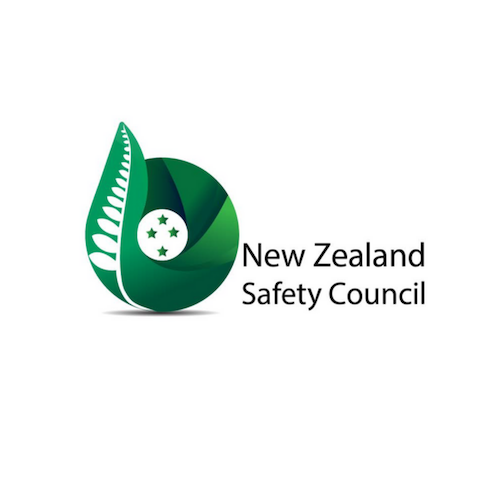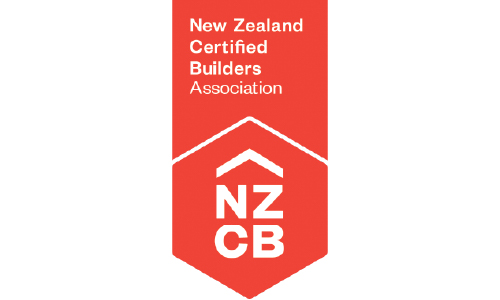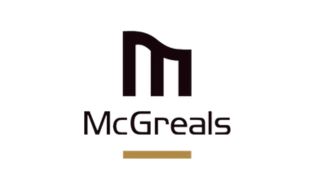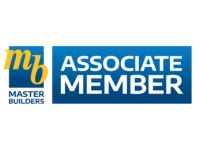Facilities management and the rise of the robots
THURSDAY 1ST SEPTEMBER 2016
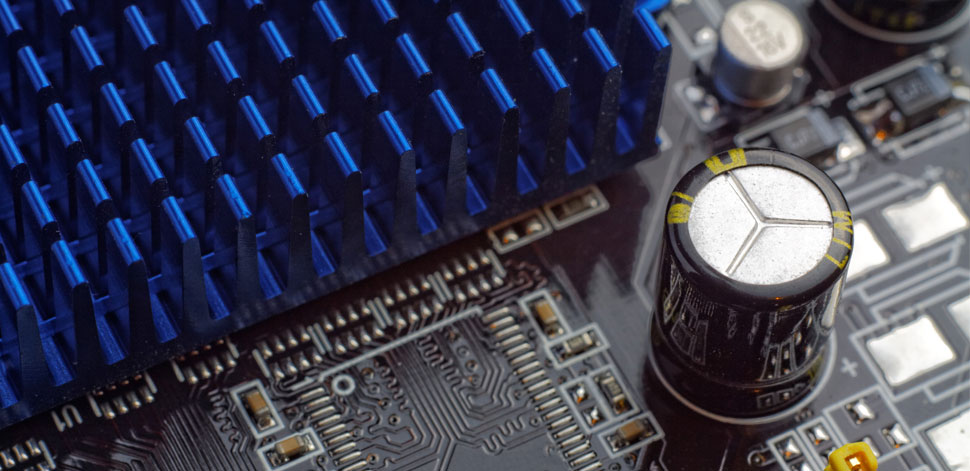
Particularly since the late 1990s, facilities management has become an increasingly sophisticated discipline with the pace picking up rapidly.
Driven by technological advances, facilities management today features greater automation, control and intelligence than ever before – and it is even becoming a focus point for the very latest developments driving society forward.
That’s according to Dona White, CEO of North Port Events that is holding its second Facilities Integrate conference at the ASB Showgrounds in Auckland on November 3 and 4.
“Advances in artificial intelligence, sensor technologies and connectivity means the introduction of robotics to the management, control and cleaning of buildings is a distinct possibility.
That puts facilities management on the cutting edge – and, in turn, that level of technology makes for a particularly exciting trade exhibition,” she notes.
White points to reports of new sensor technologies that equip robots to ‘see’ obstacles in their path. Coupled with cloud technology that provides the computing power to ‘think’ and respond contextually to different situations, this raises the possibility of the introduction of robots to perform a range of tasks necessary to maintain a building in good condition.
Those tasks include cleaning of anything from light fittings to floors and walls, to mowing lawns and vacuuming carpets. These are renowned as ‘low-tech’ and often backbreaking tasks that traditionally have had to be completed manually, at great cost, and with the added challenge of human resource management.
Robotic cleaners aren’t exactly the stuff of science fiction either. Already, domestic vacuum cleaners are available, which prowl the living rooms of homes across New Zealand and the world while the occupants sleep.
On a more industrial scale, machines that have the ability to negotiate the halls of a hospital, cleaning floors, toilets and waiting rooms, whilst being capable of negotiating its way around the pot plants, finding the windows and distinguishing between linoleum and carpet, could not only deliver a clear facility. It could also reduce the cost of doing so.
In one such example, a hospital in the United Kingdom has achieved automation in an area that would be valued by any homeowner: laundry and waste removal.
“These are exciting developments for the owners and operators of any facility, where maintenance is an expensive yet crucial facet of keeping a building in a condition fit for purpose,” White adds.
The workplaces of the future are likely to include a wide range of technologies that enhance personal productivity and convenience that eliminates tedious manual work. That technology extends to how the buildings will be operated and run.
She says those involved in businesses and trades that design build, operate, maintain and upgrade New Zealand’s buildings have an unmatched opportunity to see the latest in facilities management technology available today at the forthcoming Facilities Integrate showcase. “This is a trade-only exhibition which provides a unique opportunity to see what’s available, network and learn,” White concludes.
Issued on behalf of Facilities Integrate by PR Republic.
Contact - Leandri Smith, PR Republic, 027 365 9003, leandri@prrepublic.co.nz.
